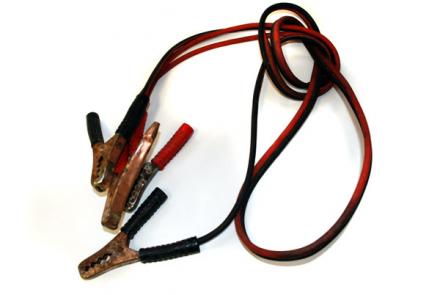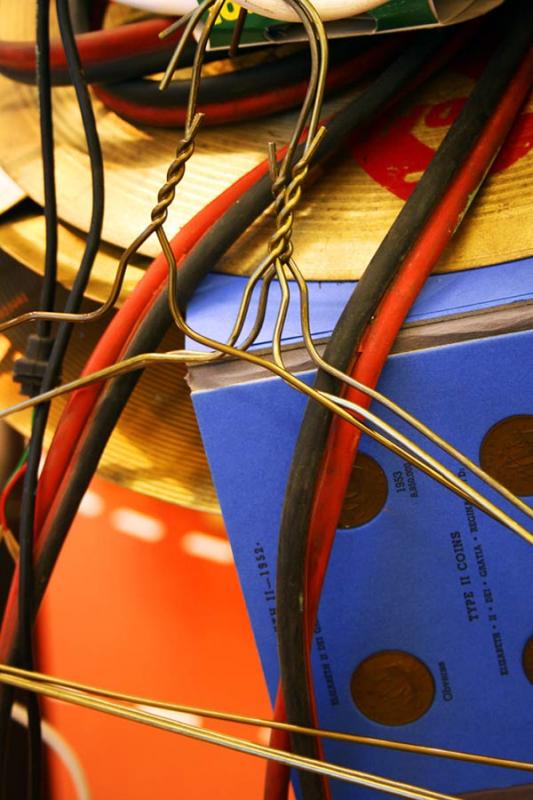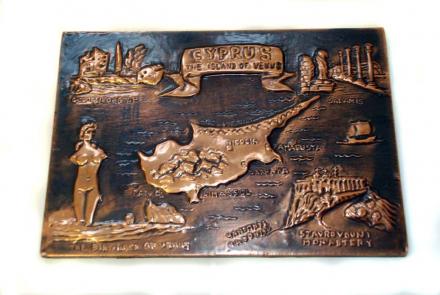Copper
One fantastically hot and sunny car-booting day in Redcar, I came across a family who looked, judging by the various sized tables all manner of trinkets were sitting on, as if they were abandoning every single item they owned, in the spirit of Michael Landy.
What immediately caught my eye, was the name of my ancestral homeland (and my somewhat patriotic name, by turns) emblazoned on all manner of holiday souvenirs. Plates, decorations, vases, mugs. – CYPRUS – The Island of Venus.
The only thing missing from a picture that transported me back to any one of the fist-generation Greek Cypriot houses that I spent my childhood in, was a camel shaped foot-stool.
I immediately bought this classic copper trinket, and entered into conversation with them. They had been to Cyprus so many times that they have now decided to move there. With about two weeks to go they were unloading their house onto the second-hand markets of the North East, swapping the symbol of the tourist for the lived experience of the emigrant.

It’s no surprise that copper has such a long history on the island. The name copper is derived from the Greek name for the island Cyprus (Kubros). The island had plenty of pure surface copper for the taking. The Romans did just that, obtaining all their copper from Cyprus.
The Greek Orthodox Church, (which vies with the UK in owning most land on the island), until recently, owned an ancient copper mine that once belonged to King Herod. Skouriotissa mine, nestling in the otherwise picturesque Trodos mountains has been in operation for 4000 years.
Both my grandparents would walk from their village to work there as an occasional labourers outside the growing season.

